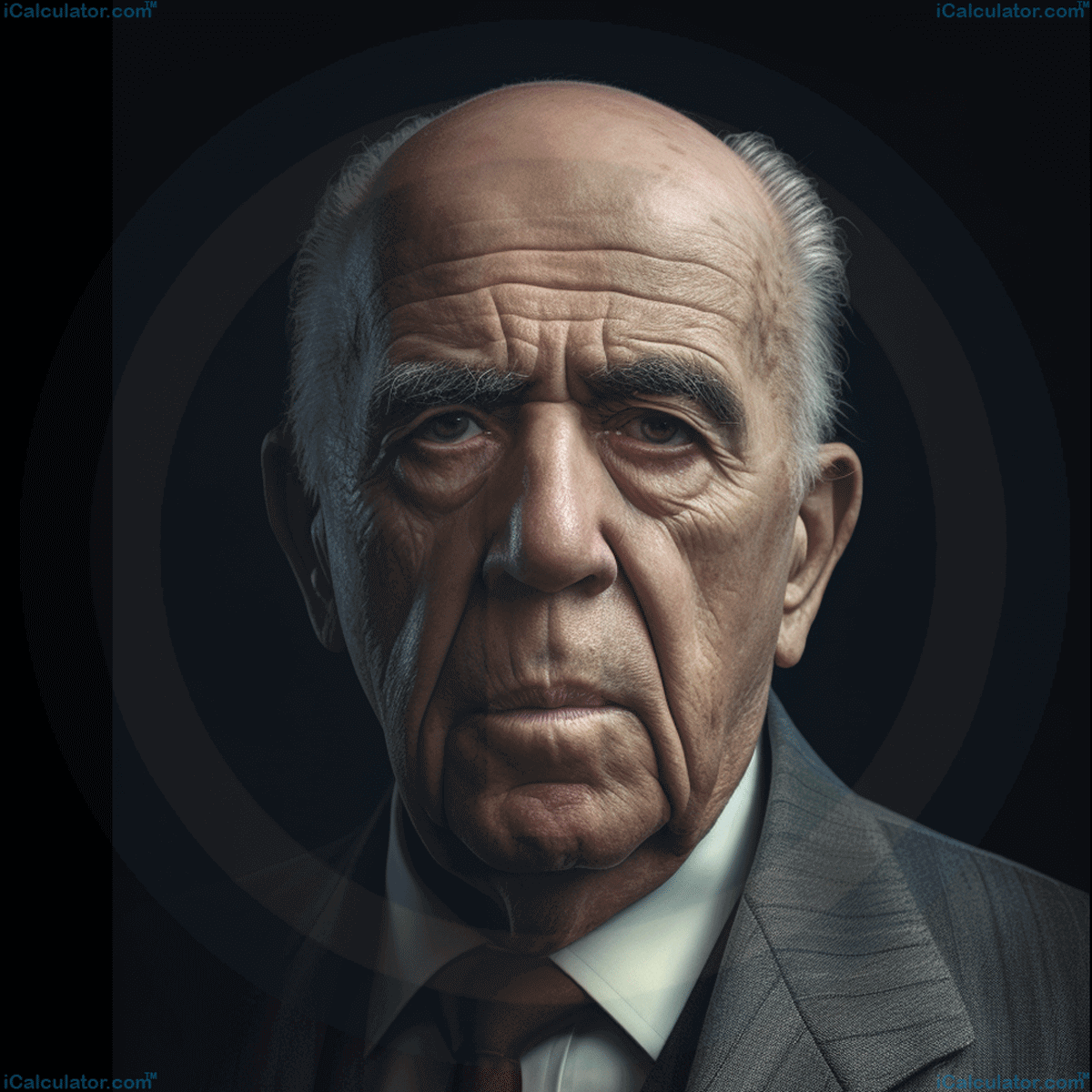Menu
Niels Bohr

Please provide a rating, it takes seconds and helps us to keep this resource free for all to use
About Niels Bohr
Niels Bohr was born on October 7, 1885, in Copenhagen, Denmark, and passed away on November 18, 1962, in Copenhagen. A pioneering physicist, Bohr made groundbreaking contributions to the understanding of atomic structure and quantum theory.
Bohr married Margrethe Nørlund in 1912, and together they had six sons. He studied at the University of Copenhagen, where he earned a doctorate in Physics in 1911. During his life, he held positions at notable institutions including the University of Copenhagen, Victoria University of Manchester, and the Carlsberg Foundation.
Bohr was always curious about the world around him. This curiosity, along with an intense interest in the then emerging field of quantum physics, motivated him to become a physicist.
Bohr's Discoveries
Niels Bohr is most well-known for his model of the atom, where he proposed that electrons travel in orbits around the atom's nucleus and that the chemical properties of an element are largely determined by the number of electrons in the outer orbits. His model was the first to incorporate quantum theory and laid the groundwork for future atomic research.
The formulation of his atomic model was not without its challenges. It took many iterations and careful analysis of experimental data to reach the final model. His theories were initially met with skepticism, but were eventually accepted and appreciated for their revolutionary implications.
Bohr's Key Achievements
Niels Bohr received the Nobel Prize in Physics in 1922 for his services in the investigation of the structure of atoms and of the radiation emanating from them. He also contributed significantly to the Manhattan Project through his knowledge of nuclear fission, despite his reservations about the project's goals.
Bohr's Formulas
One of Bohr's significant contributions to physics is the formula for the energy levels of hydrogen-like atoms, which was based on his model of the atom. The formula is as follows:
Introduction to the Bohr's Formula for Energy Levels
Where:
- En: Energy of the electron in the nth energy level
- n: Principal quantum number (n=1,2,3,...)
- eV: Electronvolt, a unit of energy
Niels Bohr Tutorials and Calculators
The following tutorials and calculators are influenced by the work the great physicist Niels Bohr, each calculator contains a tutorial that explains Niels Bohr in the field
- Physics Chapter 20 - Nucleur Physics
- Total Magnetic Moment Of An Electron Calculator
- Total Energy Of Hydrogen Like Atoms Calculator
- Rydberg Equation Calculator
- Magnetic Moment Bohr Magneton Calculator
- Larmor Radius Calculator
- Electron Gyromagnetic Ratio Calculator
- Bohr Radius Of Hydrogen Like Atoms Calculator
- Bohr Magneton Spin Magnetic Moment Of Lectron Calculator
- Atomic Mass Calculator